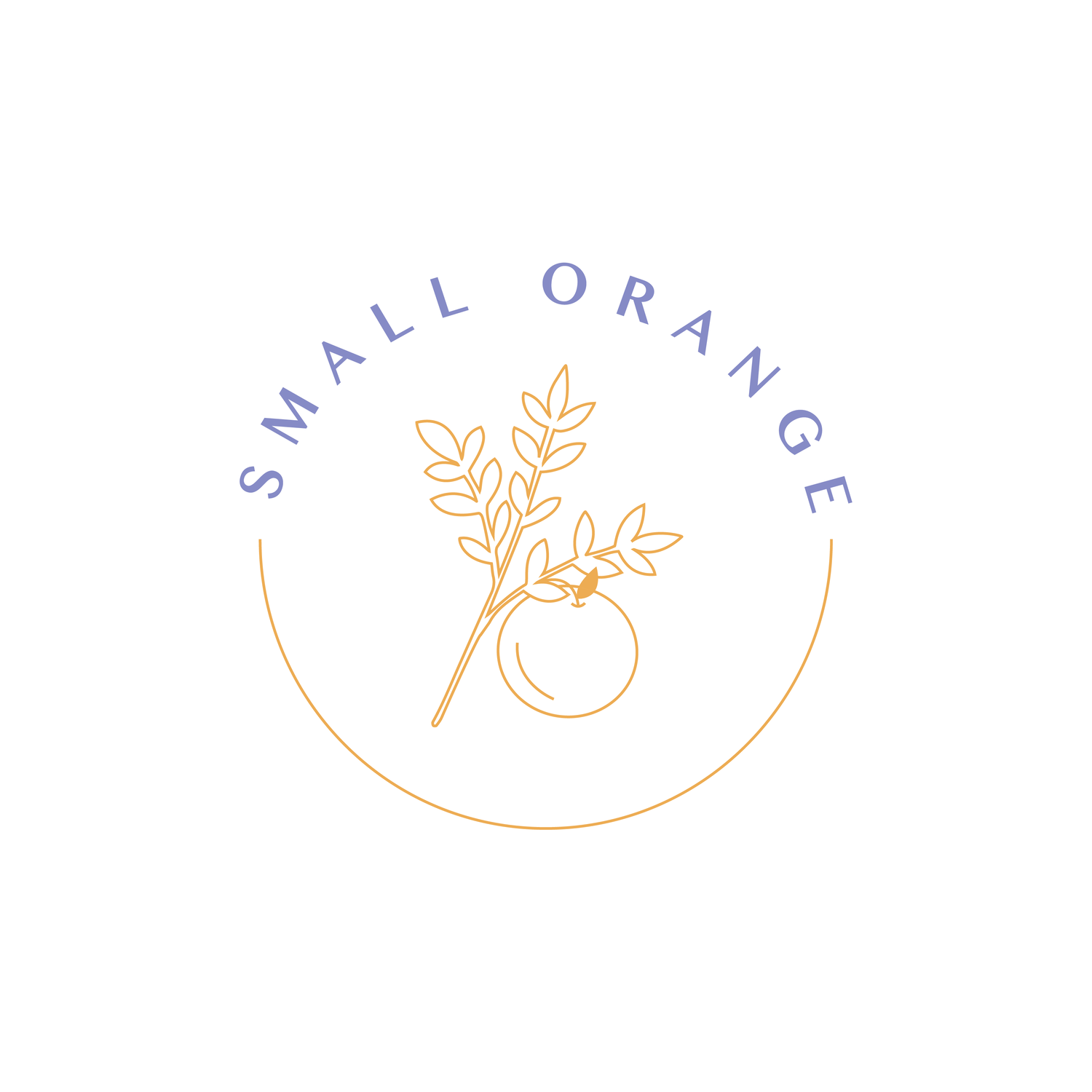WINTER 2025
“My work emerges from the spaces in between: between belonging and estrangement, memory and forgetting, presence and absence. As an immigrant, an expat, or perhaps more accurately, an exile, I navigate cultural thresholds that resist closure. This drifting positionality guides my practice, compelling me to explore transience as the locus of being itself.
I often find myself drawn to nomadic and transhumance aesthesis, and Eastern philosophies rooted in impermanence. My visual language merges the abstract geometries of Turkic kilims with the fluid ornamentation of Khatt calligraphy. Like these expressive traditions, I use repetition, motif, and ornamentation to construct a visual vocabulary that imagines continuity through rupture and change.
The act of restarting, or renewal, is vital to my work. This is why I vary my materials and methods, both conceptually and technically, to cultivate new ways of seeing. This approach leads me into unfamiliar territories of practice, where I explore freely through the lens of displacement.
My work unfolds across multiple realities—real, virtual, and augmented—where material and immaterial layers intersect. Within these spaces, I create paintings and sculptural objects that reflect on impermanence, dislocation, and the hybrid, unstable ground of diasporic life, where each transition becomes a continuation of one space of being rippling into another. ”
İlknur Demirkoparan, born in Ankara, Turkiye, is a Turkish-American artist based in Zurich, Switzerland. Her interdisciplinary practice spanning painting, installation, sculpture, and digital media, explores memory and perception through the processes of image-making, dissemination, and repetition. Demirkoparan's work has been exhibited internationally, including the 11th Bucharest Biennial, 7th Berlin Biennial Art Wiki, Migliorisi Foundation (Asuncion), Pyxis (Lausanne), OnCurating Project Space (Zurich), Mark Borghi Fine Art (New York), Highways Performance Space and Gallery (Los Angeles), and FAR Bazaar 2017 (Los Angeles). Her writing appears in ASAP/j, FLAT Magazine, and Antennae: The Journal of Nature in Visual Culture. She has an MFA in Art from California Institute of the Arts and a BA in Art from the University of California, Riverside. Her recent programs and residencies include the Ria Keburia Foundation (Tbilisi) and Future Memory Lab at the Migliorisi Foundation (Asuncion) with support by Pro Helvetia. She is the recipient of Andrew W. Mellon Foundation and the Max H. Gluck Foundation fellowships. Demirkoparan is also the founding director of the MinEastry of Postcollapse Art and Culture.














